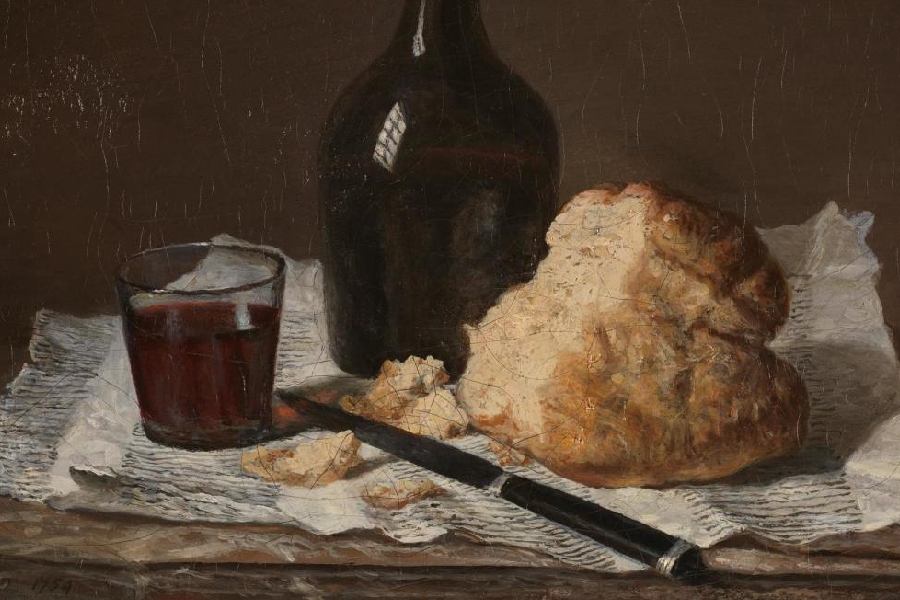Book: CURSED BREAD: A NOVEL
Author: Sophie Mackintosh
Published by: Doubleday
Price: $27
I opened this book with a lot of anticipation. The central idea, of using a real-world incident to explore the characters of a small town in France just after World War II, had a lot of potential. At first, the book seemed more than capable of living up to expectations. The writing was crisp and the pace clipped along with verve. But just as it was about to get interesting, the author seemed to run out of steam.
The book is only 156 pages long, and my feeling is that Sophie Mackintosh could have easily belted out another 100 pages, and it would have been pure gold. As it stands, it reads like set-up without denouement. It is as if the author walked to the edge of the cliff, spread her wings, and stood there frozen.
The main dramatic engine of the story is the oddly co-dependent relationship between Elodie, the baker’s wife, and Violet, the wife of a man known only as “the Ambassador”. When Violet arrives at this small provincial town, the staid matrons are immediately full of curiosity about her. Her clothes and accessories are pawed over and tried on at the lavoir.
Elodie, who quickly develops a certain intimacy with Violet’s household, is soon drawn into the borderline-abusive marital politics that rules their lives. This is definitely spicier than Elodie’s rather bland relationship with the baker. However, the romantic tension stays on the surface and never gets beyond a childish preoccupation with clothes, accessories, and food. And the odd bruise or two.
All of this would have worked brilliantly as set-up if the inciting incident, the horror of the cursed bread, had been the trigger for the story. But instead, this bizarre incident is presented as the denouement, and furthermore one which is told in flashback after that night of horror is already old news. Most of the major characters die in picturesquely horrible ways recounted days or months after the fact by Elodie.
Violet’s fate is unknown: presumably she has been reinstitutionalised, as there are many hints that she already suffers from some malady of the mind. The cursed bread and the deaths of most of the villagers ought to set Elodie free to be whoever she wants to be, but after the incident we see her at a loose end. Filled with ennui, soliciting desultory affairs with strangers, Elodie loses whatever narrative interest she had for the reader at the start of the book.
Given that this book is simultaneously a tale of romantic intrigue, a horror story and a whodunit (but one where the main suspect turns out to have been imaginary), one wonders if perhaps it should have concentrated all its firepower on any one out of its three agendas. The source of the book’s shortcomings cannot be lack of skill on the author’s part. Why then does Mackintosh fail to get to grips with her rich material? She makes a desultory effort to use the epistolary method to tell the story, but the letter format is neither employed consistently nor given much dramatic weight. All the letters are from Elodie to Violet, but none of the letters receives a reply.
This book gave me a strong feeling of missed opportunity. Its premise was strong, and the mise-en-scène is nicely constructed. However, rather like Violet herself, the book then gives you the impression that it’s all dressed up with nowhere to go. It never capitalises on any of its strengths deeply enough for you to feel that you’ve had an experience. Ultimately it is all style with very little substance.










